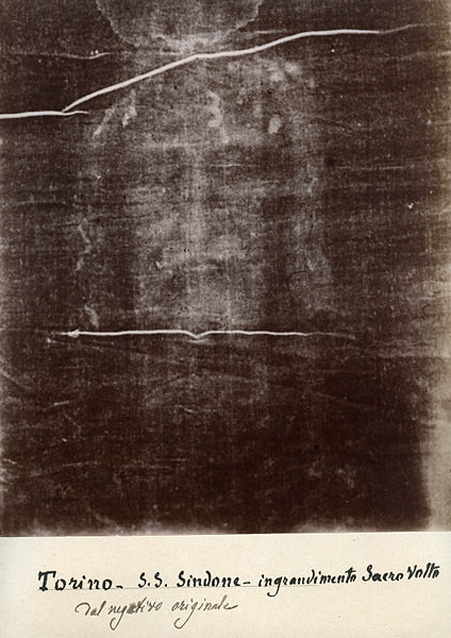Carbon dating of art

We can date your artwork , by dating materials used for its creation such as paper, canvas, wood, metal and others, using a scientific process called Radiocarbon dating (also called carbon dating or carbon-14 dating ). It is a method for determining the age of an object containing organic material by using the properties of radiocarbon (14.C), a radioactive isotope of carbon.
Radiocarbon dating is one of the most widely used scientific dating methods in archaeology and environmental science. It can be applied to most organic materials and spans dates from a few hundred years ago right back to about 50,000 years ago - about when modern humans were first entering Europe.
Carbon dating of organic samples from artwork expected to be under 1,000 years old can be as precise as +/- 20-40 years. Dating organic samples expected to be 3000+ years old has a precision of +/- 100-300 years. The quantity of material needed for testing depends on the sample type and the technology being used. There are two types of testing technology: detectors that record radioactivity, known as beta counters, and accelerator mass spectrometers. For beta counters, a sample weighing at least 10 grams (0.35 ounces) is typically required. Accelerator mass spectrometry (AMS) is much more sensitive, and samples as small as 1 milligram can be used.
Results from the lab are usually available within 3-10 weeks after sample collection, depending on the choosen method.
Please note : Samples must be dried first at room conditions.
Then put in a tied up plastic bag just before testing.
Contact us now to discuss using Carbon dating to investigte what is hidden in your artwork:

One of the most famous examples of carbon-dating has been the Shroud of Turin, purported to be the burial shroud of Jesus Christ, and shown below in a negative image from 1898. The Shroud has been carbon-dated to between 1260 and 1390 AD, which is consistent with its denunciation as a forgery by the Bishop of Troyes in 1389, shortly after it first appeared on the historical scene.








